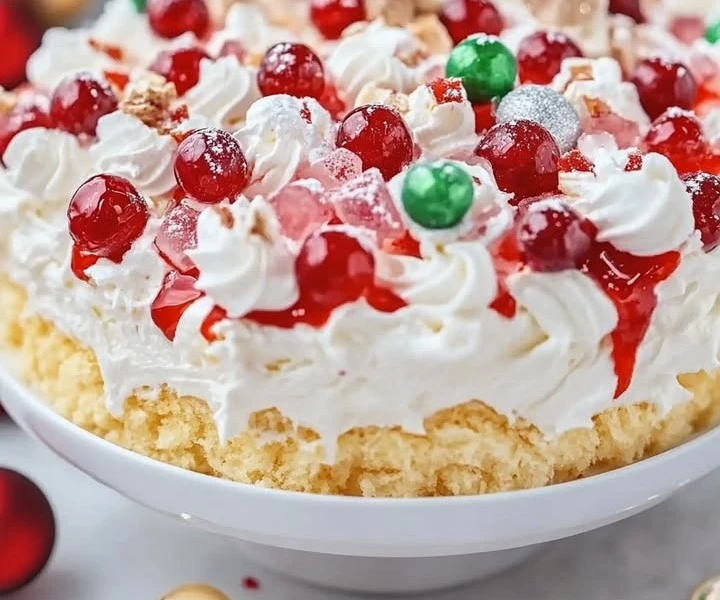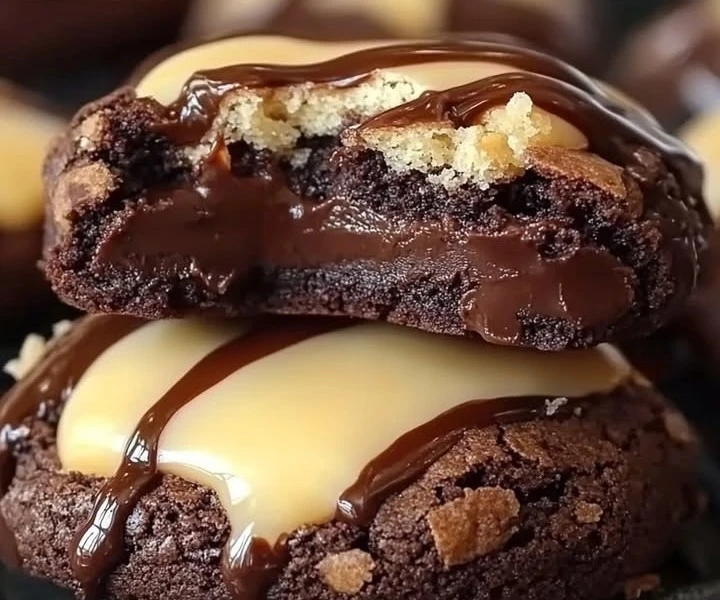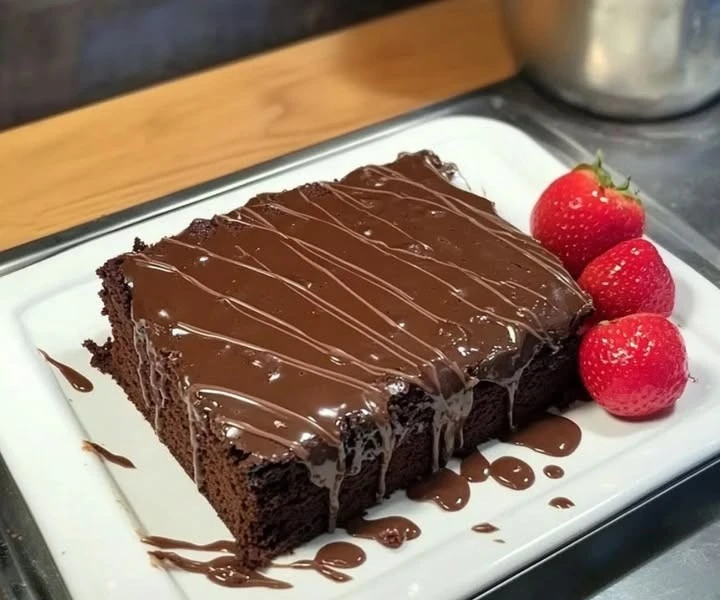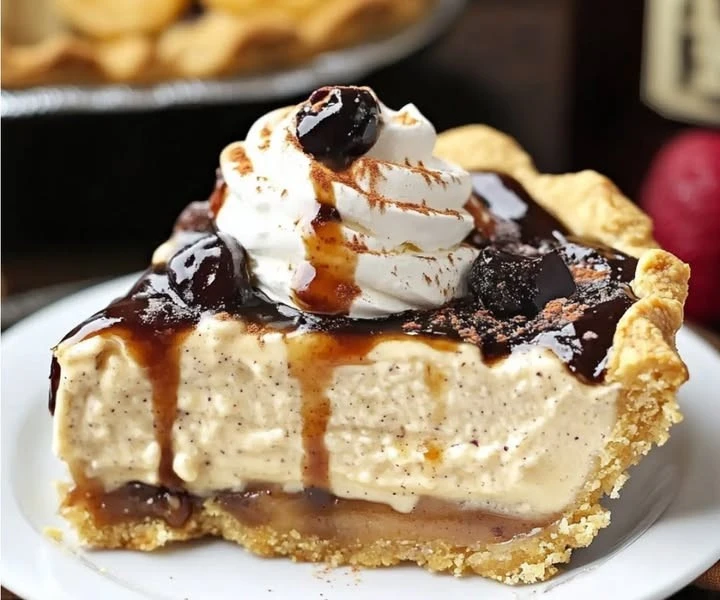This Easter cake roll is pure springtime magic—light, fluffy, and bursting with pastel colors.
Easter Cake Roll
Easter is a time of celebration, family gatherings, and delicious treats. Among the many desserts that grace our tables during this joyful season, one stands out for its unique taste and beautiful presentation—the Easter cake roll. This delightful dessert is all about springtime magic. It offers a light and fluffy texture, making it a perfect choice for any Easter gathering. Plus, with its burst of pastel colors, it adds a festive touch to your dessert table.
In this article, we will explore why you will love making an Easter cake roll, how to prepare it, serve it, and store it. We will also share tips for success, variations you can try, and answer some frequently asked questions. Whether you are an experienced baker or just starting in the kitchen, this Easter cake roll recipe is a fun project that you can easily take on.
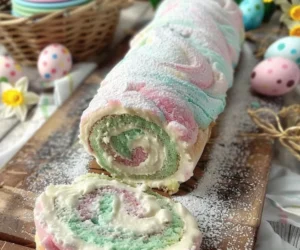
Why You Will Love This Recipe
There are many reasons to love this Easter cake roll. First and foremost, it is a feast for the eyes. The beautiful pastel colors evoke the spirit of spring, making this cake an ideal centerpiece for your Easter celebration. When you slice into the cake, the colors swirl beautifully, creating a stunning visual effect.
In addition to its looks, the Easter cake roll is incredibly light and fluffy, thanks to the egg whites. This dessert feels like a treat, but it is not overly heavy or rich, which is often the case with traditional cakes. The cake roll carries an inviting flavor, enhanced by a hint of sweetness from the frosting and the vibrant citrus notes from lemon juice.
Moreover, making a cake roll is a fun and creative process. Rolling the cake requires a bit of technique, but it is a rewarding endeavor that will impress your family and friends. This recipe provides an excellent opportunity to practice your baking skills and maybe even discover a new passion for cake decorating.
How to Prepare Easter Cake Roll
Preparing an Easter cake roll may sound complicated, but it’s quite straightforward. With the right ingredients and a little bit of patience, you can create a stunning dessert to celebrate spring.
Ingredients:
- 6 large egg whites (room temperature)
- 1 teaspoon freshly squeezed lemon juice
- 1 cup granulated sugar
- 1 cup all-purpose flour
- 1 teaspoon baking powder
- ¼ teaspoon salt
- 1 teaspoon vanilla extract
- Food coloring (pastel colors of your choice)
- Powdered sugar (for dusting)
- 1 cup heavy whipping cream
- ½ cup powdered sugar (for frosting)
- 1 teaspoon vanilla extract (for frosting)
- Optional: edible decorations like sprinkles or chocolate eggs
Instructions:
- Prepare the Baking Sheet: Preheat your oven to 350°F (175°C). Line a 15×10 inch jelly roll pan with parchment paper, allowing it to hang over the edges. This will help you easily lift the cake out later.
- Whip the Egg Whites: In a large mixing bowl, beat the egg whites and lemon juice until soft peaks form. Gradually add the granulated sugar while continuing to beat until stiff peaks form. This process usually takes about 5-7 minutes.
- Combine Dry Ingredients: In another bowl, whisk together the flour, baking powder, and salt.
- Fold Ingredients: Gently fold the dry ingredients into the whipped egg whites using a spatula. Be careful not to deflate the egg whites; you want to maintain as much air as possible for a fluffy cake.
- Add Vanilla and Colors: Add the vanilla extract and gently mix it into the batter. Then, split the batter into separate bowls if you want different colors. Add a few drops of food coloring into each bowl and gently fold it in until you reach your desired pastel shade.
- Spread the Batter: Pour the mix into the prepared jelly roll pan and spread it out evenly. Use a spatula to ensure the batter reaches all edges of the pan.
- Bake: Place the pan in the preheated oven and bake for about 12-15 minutes or until the cake springs back when lightly touched.
- Cool and Roll: Remove the cake from the oven and let it cool for about 5 minutes. Take a clean kitchen towel, sprinkle powdered sugar on it, and carefully flip the cake onto the towel. Gently peel off the parchment paper, then roll the cake up in the towel, starting from one short side. Allow it to cool completely while rolled up.
- Prepare the Frosting: In a mixing bowl, whip the heavy cream until soft peaks form. Gradually add the powdered sugar and vanilla extract, continuing to beat until you achieve stiff peaks.
- Unroll and Frost: Once the cake is completely cool, carefully unroll it from the towel. Spread the whipped frosting evenly over the cake and then roll it back up, this time without the towel.
- Chill and Serve: Place the rolled cake seam-side down on a serving platter. Refrigerate for at least an hour to set. Before serving, dust the cake roll with powdered sugar and add any decorations if desired.
How to Serve Easter Cake Roll
When it’s time to serve the Easter cake roll, a few simple techniques can elevate the experience. First, slice the cake into even pieces about an inch thick to show off the beautiful swirls of color. Place these slices on a decorative plate, and for an extra touch, serve with dollops of whipped cream or fresh berries on the side.
You can also sprinkle edible decorations like mini chocolate eggs or spring-themed sprinkles on top of the rolled cake for a festive touch. This not only enhances the presentation but also adds a fun element that both kids and adults will enjoy.
Consider pairing the cake roll with a warm cup of tea or coffee, complementing the sweet flavors with a hint of bitterness. This balance can make your dessert experience even more delightful.
How to Store Easter Cake Roll
If you have leftovers or want to prepare the cake in advance, it is essential to store it properly. The Easter cake roll can be kept in the refrigerator for up to three days. Wrap it in plastic wrap or store it in an airtight container to keep it fresh. This method will help retain the moisture and fluffiness of the cake.
If you want to keep it longer, you can freeze the cake roll. Wrap it tightly in plastic wrap, followed by aluminum foil to prevent freezer burn. The cake can be frozen for up to three months. When you’re ready to enjoy it, simply move it to the refrigerator to thaw overnight.
Tips for Preparing Easter Cake Roll
- Room Temperature Eggs: Make sure your eggs are at room temperature for better volume in whipping. This process leads to a fluffier cake.
- Fold, Don’t Stir: When combining the dry ingredients with the egg whites, use a gentle folding motion. Stirring can deflate the air you’ve whipped into the egg whites, resulting in a denser cake.
- Use Parchment Paper: Parchment paper is crucial for easy removal from the pan. Never skip this step, as it helps maintain the cake’s shape without sticking.
- Chill Before Serving: Allowing the cake roll to chill in the refrigerator helps the frosting set and makes it easier to slice.
- Experiment with Flavors: Feel free to add different flavors to your frosting. A hint of cocoa powder, flavored extracts like almond, or even some citrus zest can provide a refreshing twist.
Variation
While this Easter cake roll recipe is delightful on its own, you can always make it your own by incorporating variations. Here are a few ideas:
- Chocolate Cake Roll: Substitute part of the flour with cocoa powder to create a chocolate cake roll. You could even add chocolate chips into the batter for an extra sweet treat.
- Fruit Fillings: Instead of a simple whipped cream filling, consider adding a layer of fruit preserves or fresh fruit mixed with the cream for a fruity flavor.
- Lemon Meringue Roll: For those who love lemon flavors, use lemon curd instead of whipped cream as a filling. You can finish it with a light meringue topping for that zesty kick.
Frequently Asked Questions
1. Can I make the cake roll ahead of time?
Yes, you can prepare the cake roll a day in advance and store it in the refrigerator. This way, the flavors will meld together, and the cake will be ready to serve.
2. Can I use egg substitutes?
If you cannot use egg whites, you can try egg replacers available in stores. However, the texture may vary; the result might not be as light and fluffy.
3. Why is my cake roll cracking?
If your cake roll cracks, it may not be cooled enough before rolling, or it might have been rolled too tightly. Be gentle while rolling and allow it to cool completely before handling.
4. Can I freeze leftover cake roll?
Yes, you can freeze the Easter cake roll by wrapping it tightly in plastic wrap and then aluminum foil. It can last up to three months in the freezer.
This Easter cake roll is not just a dessert; it’s a delightful way to celebrate the season with family and friends. With its impressive appearance, delectable taste, and simple ingredients, this recipe offers a magical culinary experience that everyone will remember. Enjoy your baking adventure, and happy Easter!



